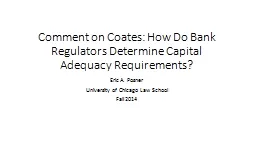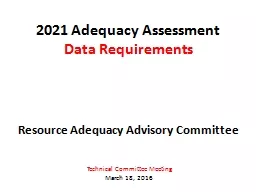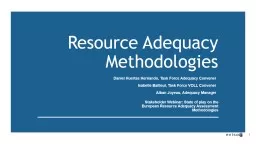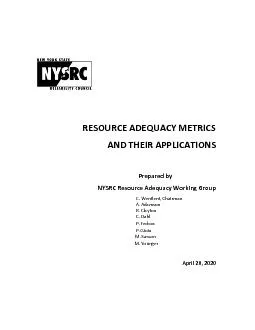PPT-Resource Adequacy: Current Practice and Game Changers
Author : everly | Published Date : 2023-07-21
Work in progress Chanan Singh Texas AampM University Capacity Adequacy Planning in PJM One occurrence in ten year is the basis for determining PJMs required Installed
Presentation Embed Code
Download Presentation
Download Presentation The PPT/PDF document "Resource Adequacy: Current Practice and ..." is the property of its rightful owner. Permission is granted to download and print the materials on this website for personal, non-commercial use only, and to display it on your personal computer provided you do not modify the materials and that you retain all copyright notices contained in the materials. By downloading content from our website, you accept the terms of this agreement.
Resource Adequacy: Current Practice and Game Changers: Transcript
Download Rules Of Document
"Resource Adequacy: Current Practice and Game Changers"The content belongs to its owner. You may download and print it for personal use, without modification, and keep all copyright notices. By downloading, you agree to these terms.
Related Documents














